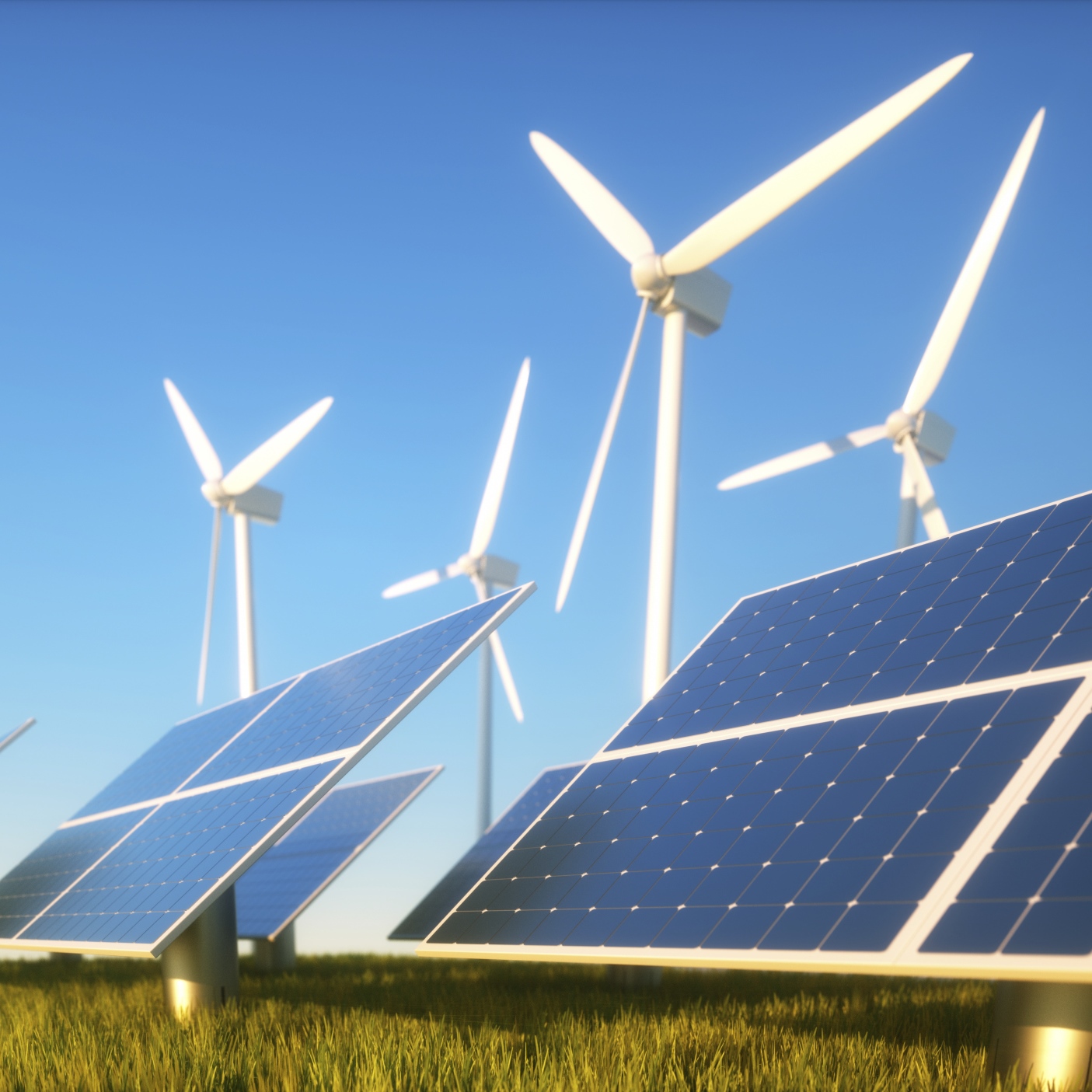Energy
Global Renewable Energy Investments to Reach $7.4 Trillion Through 2040

Published:
Last Updated:

Between now and 2040, global spending on new electric power generation is forecast to total $10.2 trillion. Of that total, 72% — $7.4 trillion — will be invested in renewables, with solar claiming $2.8 trillion and wind accounting for $3.3 trillion of the total. Annual spending is forecast to reach around $400 billion by 2040.
The data were reported Thursday by Bloomberg New Energy Finance (BNEF) in the firm’s New Energy Outlook for 2017 (NEO) and is based on announced projects in each country along with forecast economics of electricity generation and power system dynamics. The report assumes that current subsidies for renewable energy projects will expire and that energy policies around the world remain “on their current bearing.”
Seb Henbest, lead author of the NEO, said:
This year’s report suggests that the greening of the world’s electricity system is unstoppable, thanks to rapidly falling costs for solar and wind power, and a growing role for batteries, including those in electric vehicles, in balancing supply and demand.
Among the NEO’s spotlighted data points:
The story for coal is somewhat positive in the mid-term, but the long-term outlook is decidedly downbeat. Global coal-fired generation peaks in 2026 with demand growth from Asia peaking in 2024. From the NEO:
By the mid-2020s, cheap wind and PV begin to undercut new coal on a levelized basis throughout the region, trimming average installations to just 9GW a year. Coal, however, remains the bedrock of the region’s power supply, providing 34% of electricity in 2040 – a larger share than any other fuel.
The NEO also asserts that natural gas is a “transition” fuel, but not in the way most of us think of that term:
Gas-fired capacity increases 16% by 2040 but gas plants will increasingly act more as a source of flexible generation needed to meet peaks and provide system stability rather than as a replacement for ‘baseload’ coal. In North America, however, where gas is plentiful and cheap, it plays a more central role, especially in the near term.
The NEO is available from Bloomberg New Energy Finance.
The thought of burdening your family with a financial disaster is most Americans’ nightmare. However, recent studies show that over 100 million Americans still don’t have proper life insurance in the event they pass away.
Life insurance can bring peace of mind – ensuring your loved ones are safeguarded against unforeseen expenses and debts. With premiums often lower than expected and a variety of plans tailored to different life stages and health conditions, securing a policy is more accessible than ever.
A quick, no-obligation quote can provide valuable insight into what’s available and what might best suit your family’s needs. Life insurance is a simple step you can take today to help secure peace of mind for your loved ones tomorrow.
Click here to learn how to get a quote in just a few minutes.
Thank you for reading! Have some feedback for us?
Contact the 24/7 Wall St. editorial team.